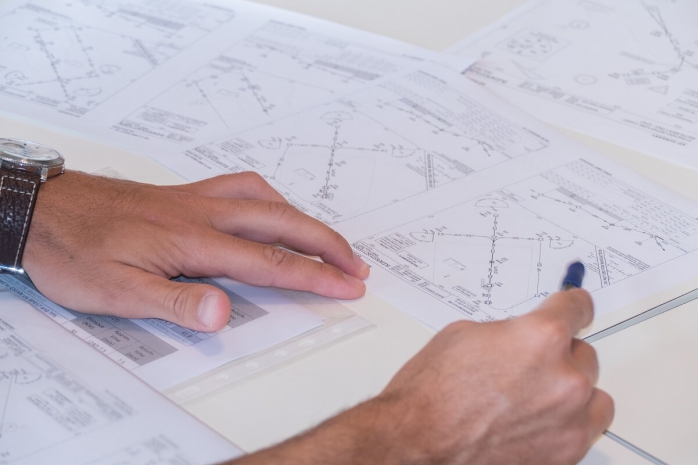Budapest 2.0: The international collaboration demonstrating ATM developments with live traffic has been completed
Budapest 2.0, a project with international collaboration has demonstrated the benefits of three technological innovations co-financed by SESAR, the organisation setting the directions for the development of air traffic management in Europe, through real flights. The program has demonstrated the capabilities of solutions supporting continuous descent, the benefits of satellite-based arrival procedures, and the applicability of remote tower control in the vicinity of Budapest Ferenc Liszt International Airport. These demonstrations were evaluated during a professional workshop held in the middle of November at HungaroControl's headquarters. The total budget of the project is nearly EUR 2.5 million, 50 percent of which has been funded by SESAR Joint Undertaking.
The 6-member international consortium, which has performed the demonstration, started to work together on the initiative by HungaroControl and Pildo Labs from Spain. The consortium included Wizz Air, JetStream, SLOT Consulting, and the Polytechnic University of Catalonia as its key members; LPS (the air navigation service provider of Slovakia) and Vueling as supporting members, and Budapest Airport as an observer. They tested innovations prioritised by SESAR and essential for efficient operations in European aviation in the future. The consortium specifically aimed to introduce technological innovations and procedures that enhance the operational environment of small and medium-sized airports, and improve flight safety, cost-efficiency and environmental impact for both airlines and air navigation service providers.
The first pillar of the project was to develop arrival procedures to support continuous descent operations. HungaroControl took part in the complex process of creating descent profiles in two stages. One aspect involved the modification of arrival procedures of Budapest Terminal Manoeuvring Area; another aspect was to use a supporting software with the main purpose of helping air traffic controllers to determine the sequence of arriving aircrafts. While using the software, the controller gets a simple visual image of the actual order of arriving aircrafts, the distances between them, and their deviation from the ideal descent profile. The procedures introduced in the framework of the project can be used by all flights arriving at Budapest airport from 26th May.
The second pillar of the project was to test a satellite-based arrival procedure, which provides pilots with navigation support to fly the exact glide path without the need of ground installations. Validation flights, in co-operation with Pildo Labs, were performed and evaluated using PLATERO, the Spanish company's own tool. After validation, these procedures became available for flights arriving at Budapest, but they require proper navigation equipment on the aircraft. It has also been concluded that these procedures can temporarily replace ground-based ILS at large airports (e.g. during maintenance), or provide an alternative solution at smaller airports.

The third pillar of the project was to demonstrate the usage of Remote Tower with live traffic. HungaroControl started to explore the possibilities of remote tower control years ago. In the framework of this project, a remote tower environment was created for demonstration purposes at HungaroControl's headquarters. A video wall is used to display aerodrome visuals necessary for air traffic controllers to perform their tasks, providing a view substantially different from the view from the control tower. The demonstration proved that this kind of technology is suitable for both contingency purposes and live control, and also provided important findings regarding further development.

The results of this 2-year programme will soon be available for the stakeholders of the ATM industry, providing them with a solid basis for the implementation of these solutions adapted to local requirements.


